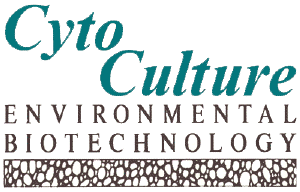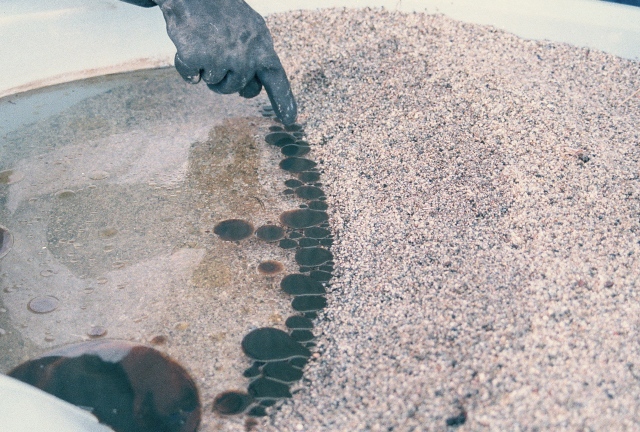| |
|
|
The CytoSol Process
Shoreline
Oil Spill Remediation with a Vegetable Oil-based BioSolvent.
A novel shoreline oil spill cleanup approach has been developed by CytoCulture to
dissolve and extract weathered crude oil off shoreline substrates using a relatively
non-toxic BioSolvent formulation containing methyl esters derived from vegetable oil. The
BioSolvent contains no petroleum products or surfactant, but relies on its inherent
solvent properties to extract petroleum hydrocarbons from beaches and shoreline surfaces.
The BioSolvent is immiscible with water and very buoyant (specific gravity = 0.87),
facilitating the recovery of the floating mixture of BioSolvent and extracted oil, with
conventional boom, skimmer, and absorbent technologies.
Unlike other shoreline cleaners containing surfactant, the methyl ester-based CytoSol
BioSolvent has been formulated to minimize the partitioning of petroleum (oil) fractions
into the water column. In contrast, other products containing surfactant allow spilled oil
to be dispersed into the water column. The hydrophobic (water-fearing) BioSolvent
maximizes the consolidation of the spilled oil into a floating phase for rapid recovery.
Crude oil extraction efficiencies range from 50% to >90% in laboratory studies. The
soil box studies involved Alaskan North Slope crude oil spill simulations on different
beach sediments, ranging from fine sand to coarse gravel collected at Prince Williams
Sound. These bench studies employed single applications of BioSolvent to various
heavily oiled sediments followed by passive seawater deluges. The BioSolvent has also
proven useful in marsh and wetland habitats where conventional cleanup operations
(harvesting or in-situ burning) may be more harmful to the sensitive habitat than the
spilled oil itself. The CytoSol Process offers a relatively low impact alternative for
releasing the trapped oil from the marsh.
Recovered petroleum/BioSolvent mixtures are suitable for recycling as burner fuel in
ships and power plants, as was demonstrated in a small field test in San Juan, Puerto Rico
during the January, 1994 fuel oil spill.
Following the initial extraction with BioSolvent, an impacted shoreline would be
treated with established bioremediation protocols to accelerate the biodegradation of the
residual petroleum and BioSolvent left on the beach. In recent field demonstrations
supervised by the US EPA and the California Dept. of Fish & Game (Office of Oil Spill
Prevention and Response), the CytoSol BioSolvent facilitated the recovery of weathered
fuel oil from a gravel beach and the release of trapped oil from sand. The CytoSol
BioSolvent has recently been listed by the US EPA on the National Contingency Plan (NCP)
Schedule of Products for use at Oil Spills (Please See US EPA Disclaimer below), and
licensed by the California Department of Fish and Game (Office of Oil Spill Prevention
& Response) as a shoreline cleaning agent.
CytoSol Articles:
The CytoSol Process: Cleaning Oiled Shorelines
with a Vegetable Oil Biosolvent
Port Technology International, 1998, London, UK
Port Technology International Article
as Published
|
|
Photo on Left : Oil along Gulf of Mexico shoreline.
Photo on Right: Demonstration photo shows released Alaskan crude oil dissolved by CytoSol and floating as globules ready for collection by skimmers or wicked by absorbent boom.
|
| |
Demonstration of CytoSol
Oil Recovery Stages |
| The BioSolvent increases the cohesiveness of the oily mixture, keeps it floating and vastly improves it's ability to be wicked up by absorbent polypropylene pads or surrounding floating 'boom'- or recovered mechanically by skimming machines, with little loss of product-oil to the water |
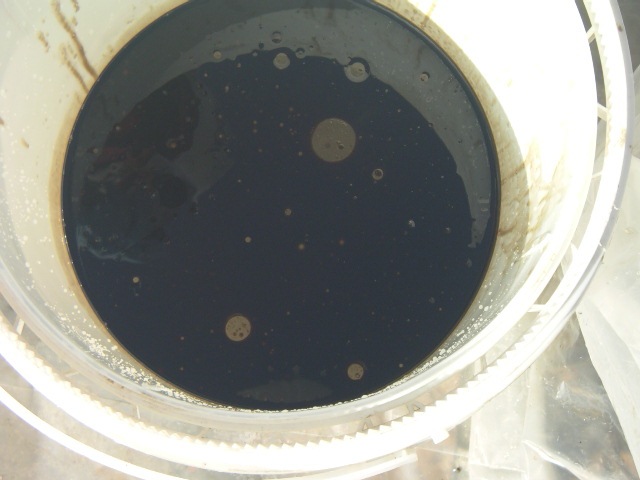 |
| CytoSol-Fuel Oil layer in bucket of water |
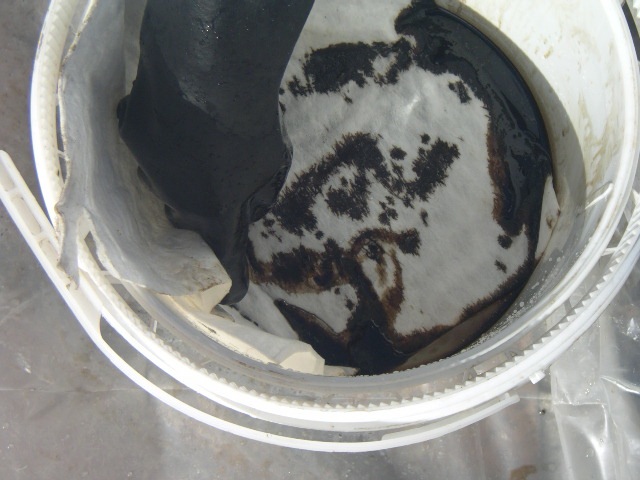 |
| Recovery DEMO using absorbent polypropylene pad |
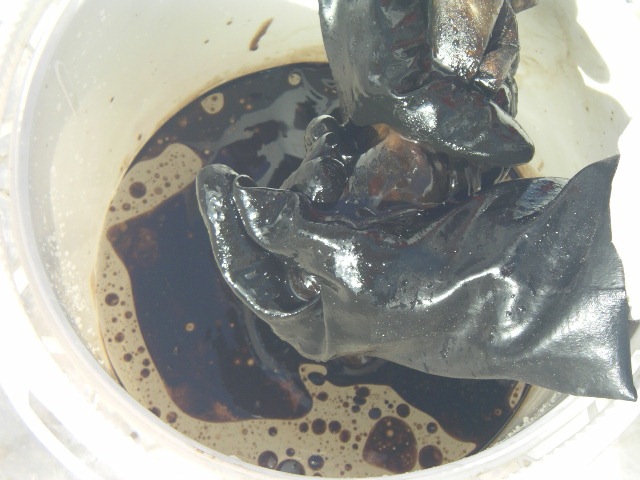 |
| Partial recovery with absorbent pad |
 |
| FULL recovery of CytoSol-Fuel Oil with absorbent pad |
|
